US: 25 Goldsmith St, Greenville, SC 29609
Tariffs Are Back. Margin Pressure is Real. You Don’t Have to Panic.
Jonathan Gardner • July 23, 2025
If you’re a food or beverage manufacturer with imported inputs, you’re feeling the turbulence: tariffs are creating chaos. Resin, metal, ingredients, packaging—it’s all in the crosshairs. And when landed costs jump 8%, 12%, or more overnight, the question becomes immediate:
Do we pass that on? Eat it? Freeze hiring? Cut elsewhere?
The pressure is real. But panic doesn’t help.
At JGardner, we work with food brands every day who are navigating this exact scenario. Some of them are suppliers to the biggest names in retail and QSR. Others are growth-stage manufacturers fighting to stay profitable and predictable in volatile markets. What they all have in common is this:
They know margin matters more than ever—but they aren’t sure where it’s slipping away.
The Cost Stack is Getting Taller
Let’s be clear: tariffs aren’t the only threat. Freight volatility, supplier renegotiations, global uncertainty, and fractured ERP systems compound the challenge. When the cost stack becomes unpredictable, even well-run businesses find themselves reacting instead of steering.
Margins begin to erode—quietly, then quickly.
We’ve seen how:
● Tariff classification errors can quietly inflate your cost of goods by 5–10%
● Unclear profit modeling leaves operators arguing over EXW vs DDP vs CIF without clarity
●. Transfer pricing misalignment creates downstream audit risk and double taxation
And that’s before your customer starts asking why your price just went up.
You Can't Control Policy But You Can Control Your Response
Here’s the good news: cost pressure doesn’t have to mean margin loss. It’s entirely possible to protect profitability and maintain customer pricing—but only if you know how to pull the right levers.
That’s what we did with a client in early 2025: a Boise-based packaging supplier serving a major national coffee chain. With one high-volume SKU under tariff fire, they needed fast answers without triggering chaos in their pricing.
They didn’t just want to “ride it out.” They wanted margin control. Compliance clarity. Decision speed.
So we built them:
● A comparative sourcing model across four global Incoterms
● A dynamic pricing tool that showed margin at every point in the chain
● A compliance roadmap with First Sale Rule, transfer pricing, and documentation alignment
Three weeks later, they were no longer reacting. They were planning.
You Don't Need Magic. You Need Margin Strategy.
When the world throws policy and pricing punches, calm wins. Strategy wins. Operators who know how to use the right models, ask the right questions, and see around corners—they win.
At J Gardner, we call this our Value Chain Advantage Services™. It’s where we combine sourcing precision, pricing architecture, and regulatory strategy into one clear picture—so you can act fast and act smart.
And yes, it works.
See how strategy—not panic—kept pricing stable and margins intact.
Our recent case study walks through exactly how a national supplier preserved profit, protected pricing, and sidestepped a margin hit—while keeping their biggest customer happy.









